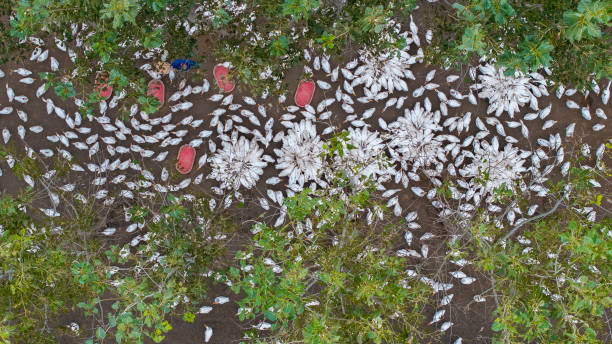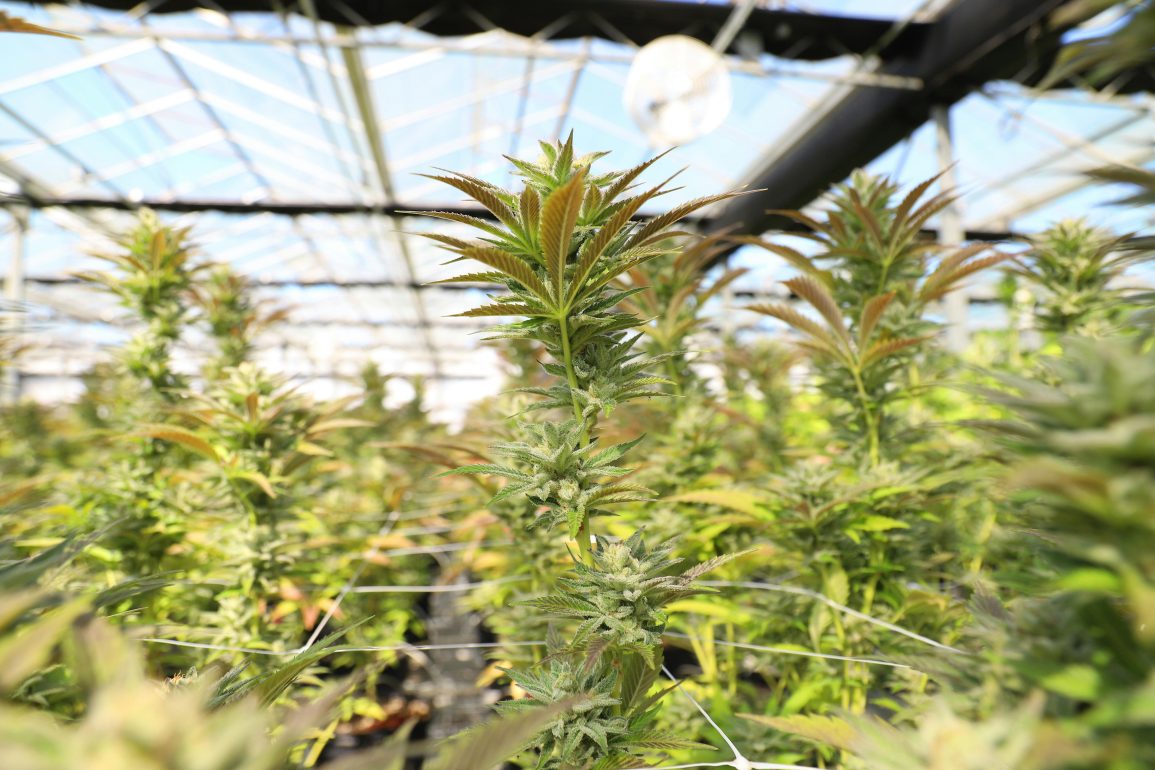A recent 24-year field study conducted at the Cedar Creek Ecosystem Science Reserve in Minnesota reveals alarming insights into the impacts of rising carbon dioxide levels on grassland biodiversity.
While nitrogen pollution—primarily from fossil fuel combustion and agricultural practices—has long been known to contribute to biodiversity loss, the interaction between nitrogen and increasing carbon dioxide remains poorly understood.
The study, which involved 108 experimental grassland plots, found that elevated carbon dioxide levels nearly tripled species losses linked to long-term nitrogen application during the final eight years of the experiment.
Specifically, species richness—the number of plant species per plot—dropped by an average of 7% at ambient carbon dioxide levels, compared to a staggering 19% decline when carbon dioxide was elevated.
According to Peter Reich, an ecologist at the University of Michigan and lead author of the study, this interaction spells trouble for global grassland conservation efforts.

“If rising carbon dioxide exacerbates the negative impacts of nitrogen deposition on plant diversity, it bodes poorly for grassland biodiversity worldwide,” he noted.
The study showed that nitrogen and carbon dioxide can promote plant growth, leading to competitive exclusion.
Dominant species, like the tall grass big bluestem (Andropogon gerardii), overshadowed smaller plants, causing them to decline in numbers.
This phenomenon illustrates a broader trend in grasslands, where increased availability of these gases may favor certain species over others, disrupting ecosystem balance.
With nitrogen levels remaining high globally, the findings highlight the urgent need for action in biodiversity preservation and restoration.
As Reich emphasized, “Our results only further add to that chorus,” underscoring the critical importance of addressing these environmental challenges to protect diverse plant communities vital for ecosystem services such as water purification and climate regulation.

